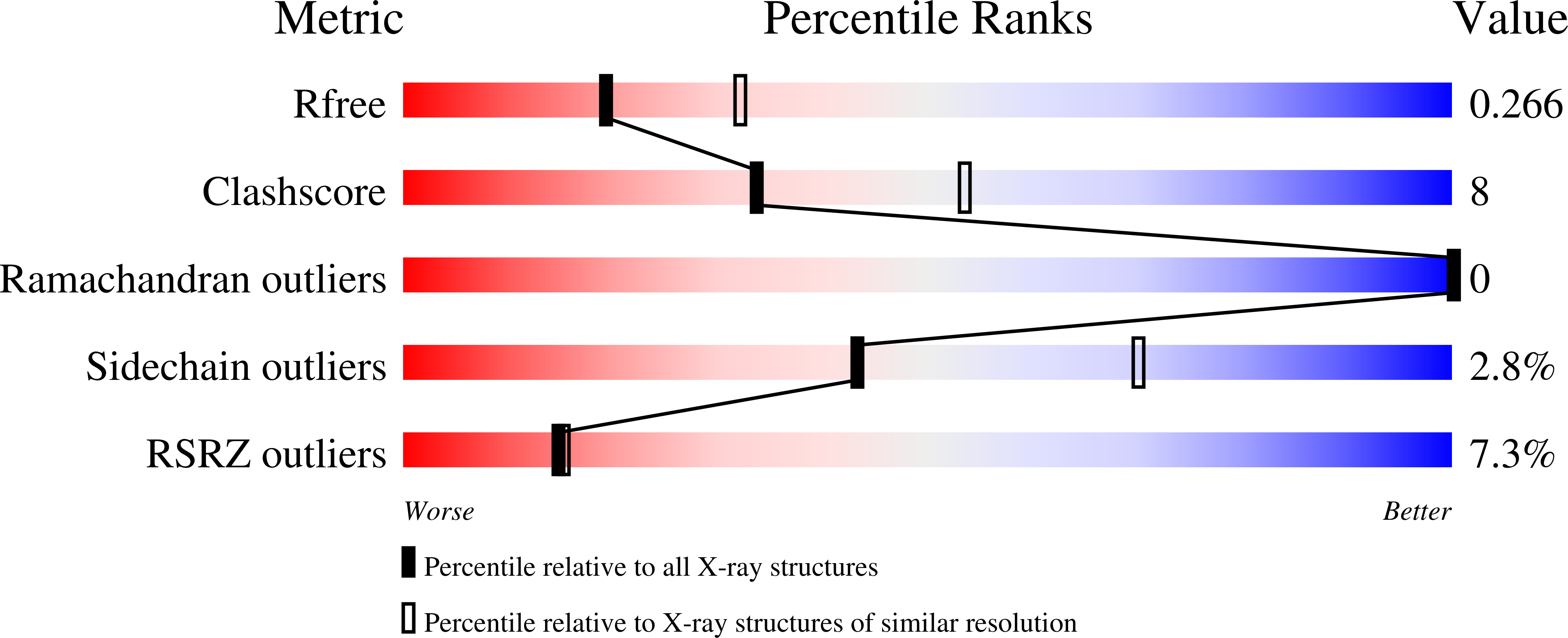
Deposition Date
2024-06-06
Release Date
2024-07-17
Last Version Date
2024-12-04
Entry Detail
PDB ID:
9FMM
Keywords:
Title:
Structure of human ACE2 in complex with a fluorinated small molecule inhibitor
Biological Source:
Source Organism:
Homo sapiens (Taxon ID: 9606)
Host Organism:
Method Details:
Experimental Method:
Resolution:
2.50 Å
R-Value Free:
0.26
R-Value Work:
0.21
R-Value Observed:
0.21
Space Group:
P 1 21 1


